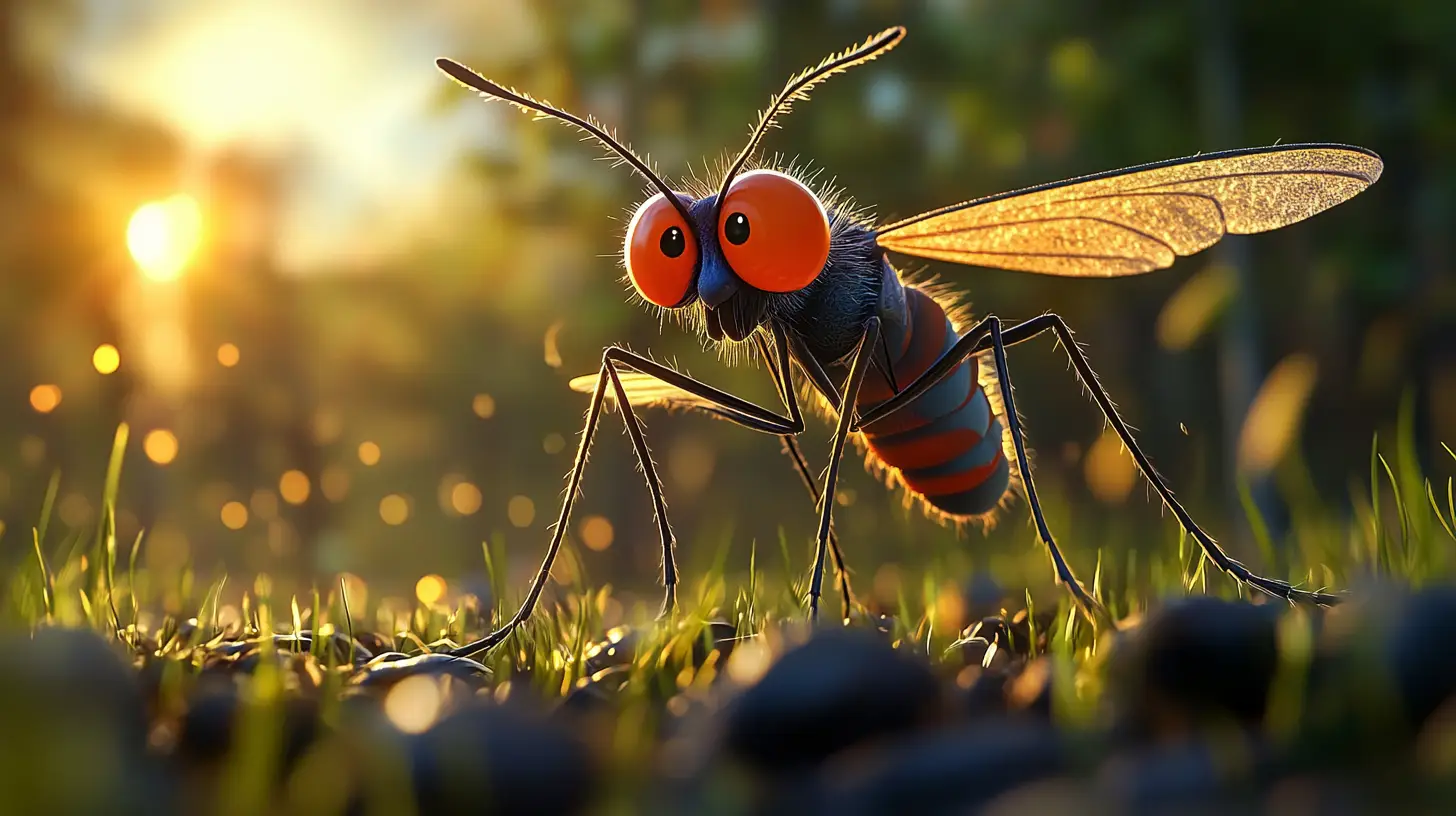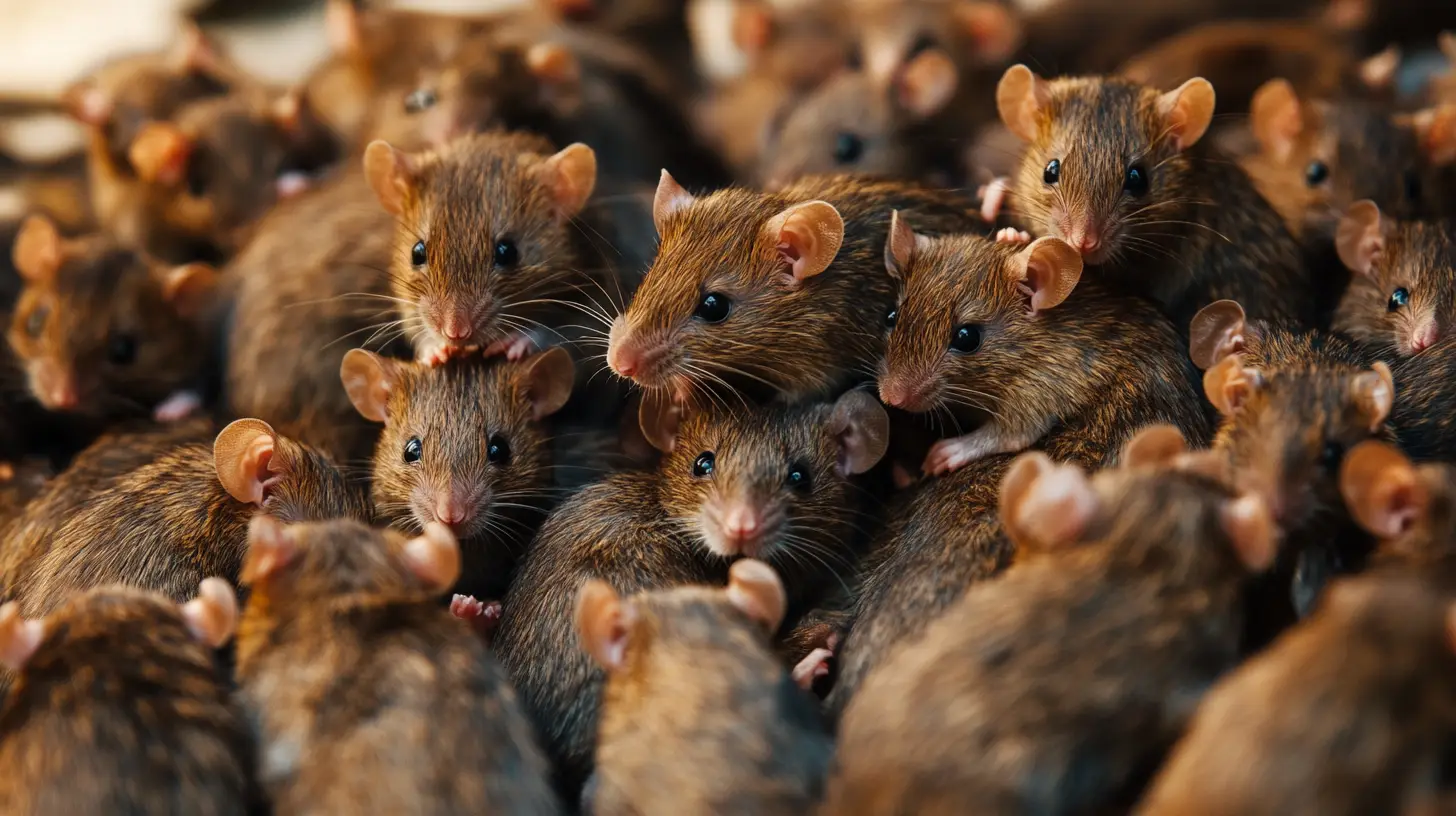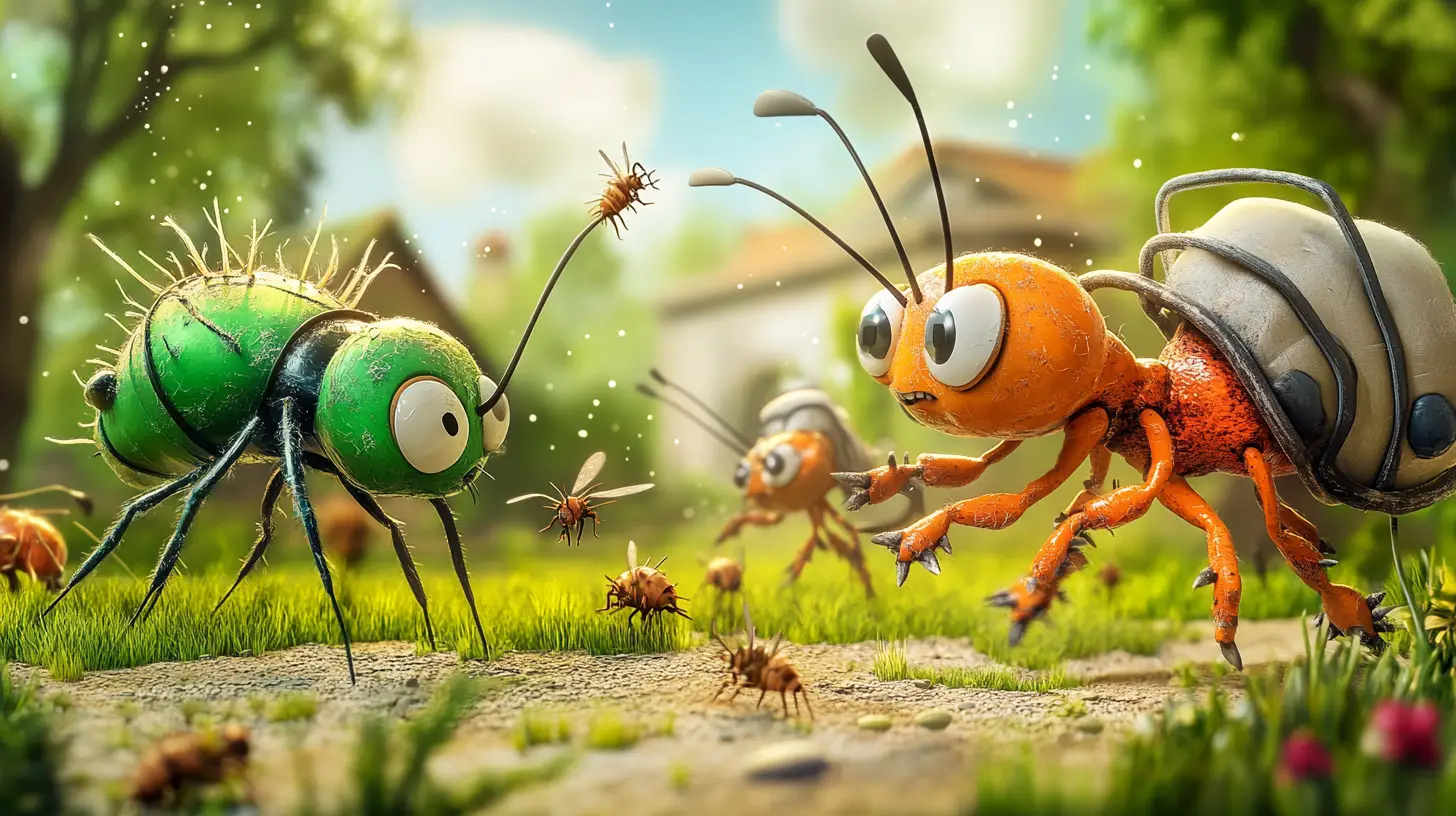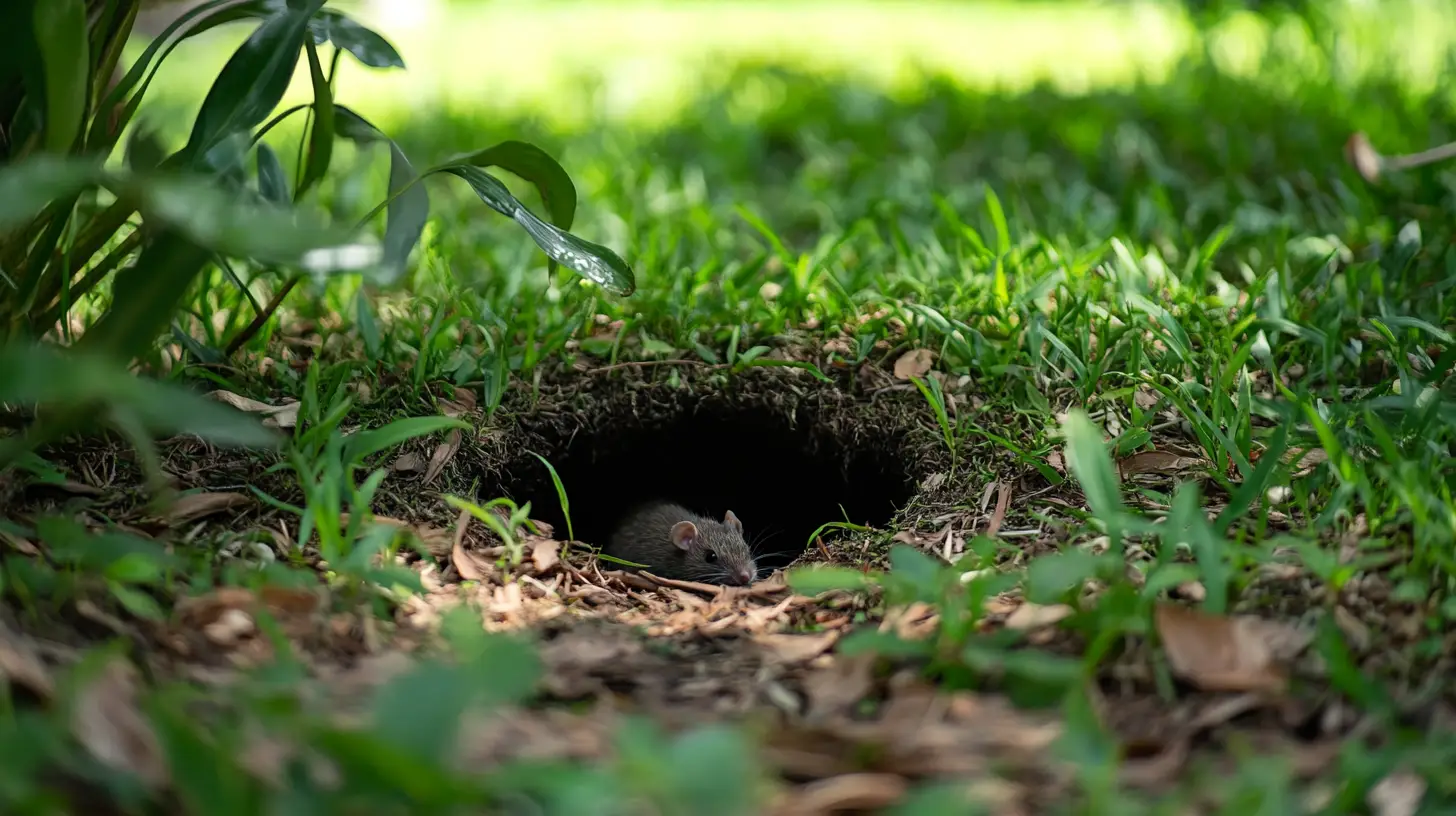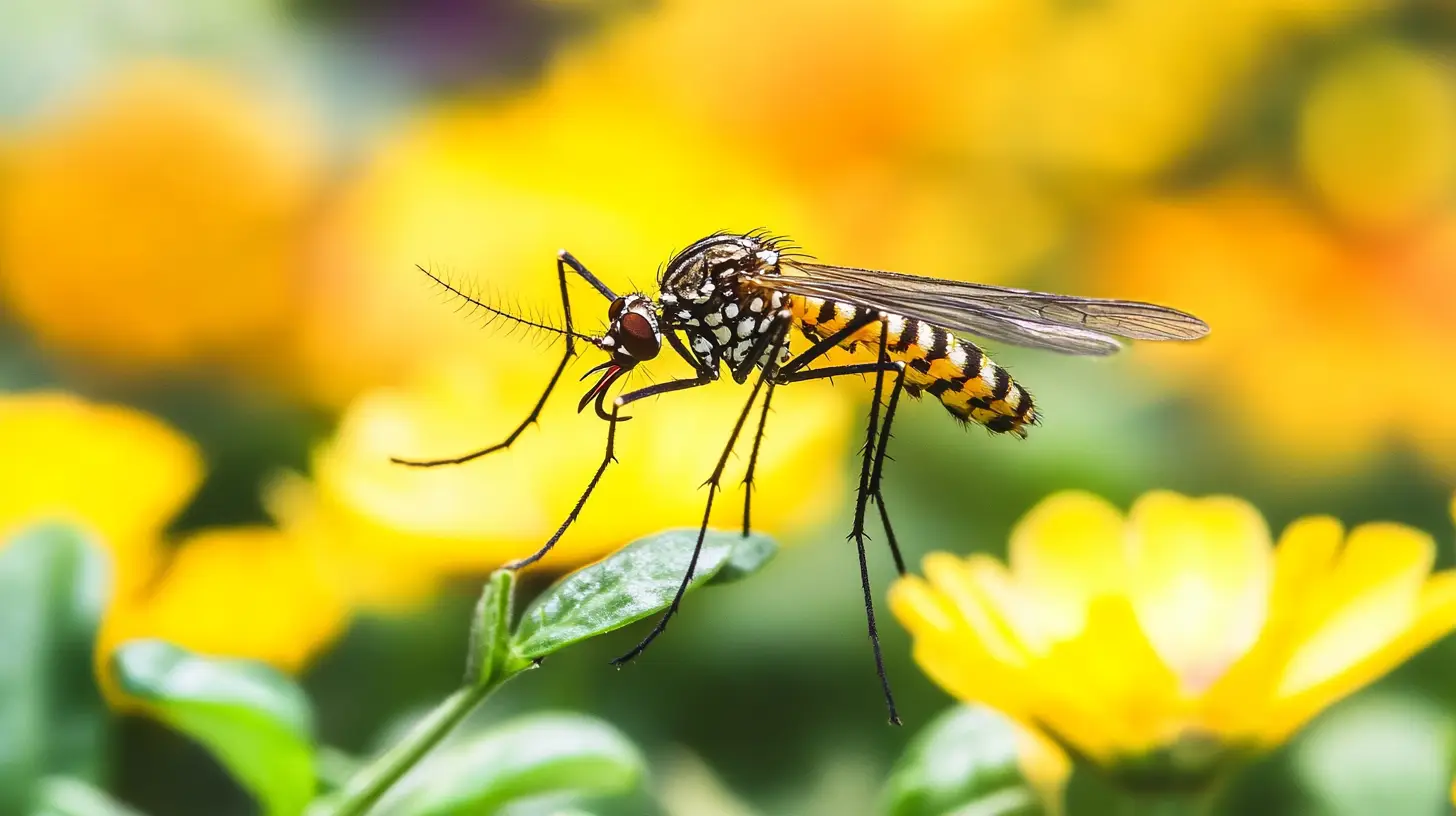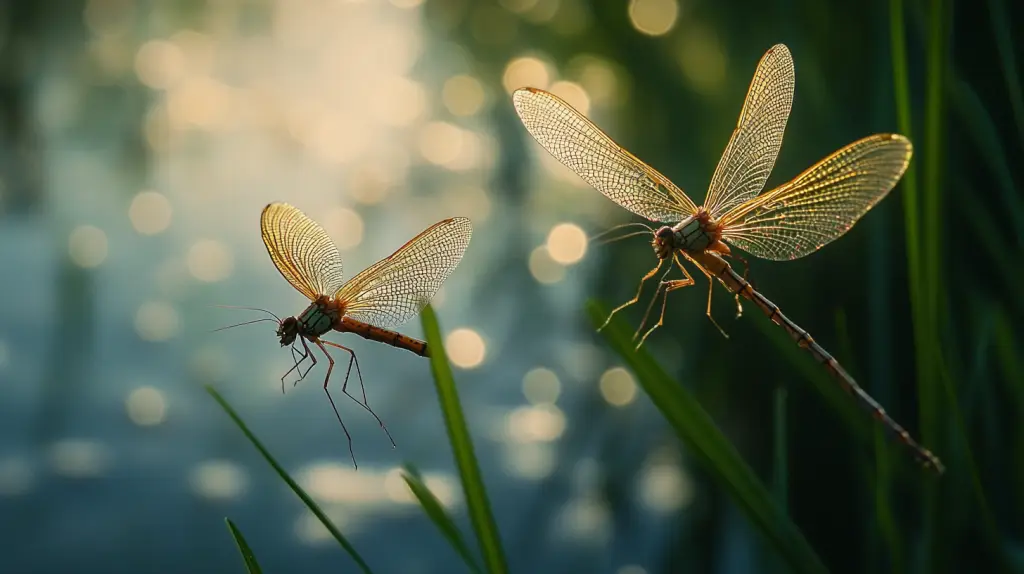
Table of Contents
If you’ve ever been swarmed by mayflies near a lake or pond, you know how overwhelming their presence can be. Learning how to get rid of mayflies is crucial for maintaining comfort around your home or favorite outdoor spots in Lakewood Ranch. While these insects are fascinating—being among the oldest winged insects, with a history dating back over 300 million years—they can quickly become a nuisance when they emerge in large numbers.
Mayflies are harmless to humans, but their synchronized mass emergences can create challenges, from clogging outdoor lighting fixtures to littering patios and decks. What’s more, their short adult lifespan means they’re entirely focused on reproduction, often forming dense mating swarms. These unique characteristics make controlling their populations tricky but manageable with the right strategies. Whether you’re dealing with mayflies near water features or struggling with their swarms during evening hours, this guide will provide effective and eco-friendly solutions tailored to the Lakewood Ranch area. Let’s dive into the details to reclaim your outdoor spaces!
Key Takeaways
- Understand Their Attractors: Mayflies are drawn to bright lights and standing water. Reducing these attractors by using yellow “bug lights” and eliminating stagnant water can significantly decrease their presence.
- Seal Your Home: Prevent mayflies from entering your home by sealing cracks, repairing screens, and ensuring windows and doors are properly secured.
- Employ Natural Remedies: Essential oils like lavender or citronella, garlic sprays, and planting herbs such as basil or mint can naturally repel mayflies without harming the environment.
- Use Physical and Chemical Methods: Sweep or vacuum mayflies for quick removal and use insecticides containing pyrethrins or permethrin for outdoor areas where infestations are severe.
- Manage Outdoor Lighting: Adjust the placement and type of outdoor lights to deter mayflies from congregating around your home’s entrances and windows.
- Control Breeding Grounds: Regularly inspect and maintain water features, keeping them aerated, and remove organic debris to prevent mayflies from laying eggs near your property.
- Patience Can Pay Off: With adult mayflies living only 1-3 days, waiting out a swarm is an option if infestations are not severe.
- Support Ecosystems: Mayflies are vital to freshwater habitats and a sign of healthy ecosystems. Managing them responsibly ensures environmental balance while reducing their nuisance.
By combining prevention, natural solutions, and targeted treatments, you can effectively manage mayfly populations and maintain a comfortable environment around your Lakewood Ranch property.
Understanding Mayflies: Biology and Behavior
Mayflies, belonging to the order Ephemeroptera, are a unique group of aquatic insects that thrive in freshwater habitats. If you’re looking to get rid of mayflies, understanding their biology and behavior is key to managing their presence effectively. These insects are renowned for their short adult lives and their ecological importance in nutrient cycling and as bioindicators of water quality. Here’s a closer look at what makes mayflies fascinating and how their life cycle impacts their behavior.
Physical Characteristics
Mayflies are small to medium-sized insects, with most species measuring 2-30 mm in body length. Their most distinctive features include:
- Wings: Triangular and delicate, their forewings are significantly larger than the hindwings, which may be reduced or absent in certain species.
- Tails: They boast two or three long, thread-like tails (caudal filaments) that extend gracefully from their abdomen, adding to their delicate appearance.
- Eyes: Male mayflies are equipped with large, compound eyes, often divided into upper and lower sections, which help them locate females during mating swarms.
These features not only define their appearance but also influence their behaviors, especially during their short-lived adult phase.
The Life Cycle: A Brief but Critical Journey
Mayflies are known for their incomplete metamorphosis, progressing through three distinct stages:
- Egg Stage: Female mayflies lay eggs directly onto water surfaces, which then sink to the bottom and adhere to submerged substrates. This stage ensures the continuation of their species in aquatic environments.
- Nymph Stage: This aquatic stage is the longest in their lifecycle, lasting anywhere from a few months to several years. Nymphs are equipped with gills for underwater respiration and feed on organic material, algae, and detritus.
- Subimago and Adult Stage: Unlike most insects, mayflies pass through a unique subimago stage, where they emerge from the water as winged but immature adults. This stage lasts briefly before their final molt into a sexually mature adult. The adult phase is fleeting—often only hours to a few days—dedicated entirely to reproduction.
Habitat and Behavior
Mayflies are closely tied to freshwater habitats such as streams, rivers, lakes, and ponds, where their nymphs develop. Adult mayflies are known for their dramatic swarming behavior during mating, forming clouds so dense they’re visible on radar. After mating, females lay their eggs, and the adults perish soon after.
Ecological Role
Despite their short adult lives, mayflies are vital to the ecosystem. They serve as a crucial food source for fish, birds, and other wildlife and contribute significantly to nutrient cycling in aquatic environments. Additionally, their sensitivity to water pollution makes them excellent bioindicators, helping scientists assess freshwater health.
Understanding these aspects of mayflies’ biology and behavior not only highlights their ecological significance but also provides insight into why they might swarm near water bodies. With this knowledge, managing their populations in Lakewood Ranch becomes more achievable and sustainable.
Effective Methods to Get Rid of Mayflies
Managing mayfly infestations requires a combination of preventive measures, physical removal techniques, and natural or chemical treatments. These strategies can help minimize the impact of mayflies, especially during their seasonal swarming in Lakewood Ranch.
Preventive Measures
Seal Entry Points: Inspect your home’s exterior to identify and seal any potential entry points. Use caulk to fill gaps around windows and doors, repair damaged screens, and ensure exterior doors close tightly. These simple steps can prevent mayflies from entering your indoor spaces.
Lighting Adjustments: Mayflies are drawn to light, especially white or bright lights. Replace outdoor white light bulbs with yellow “bug lights” or sodium vapor lamps, which are less attractive to these insects. Moving light sources further from your home can also reduce their presence near windows and doors.
Reduce Standing Water: Eliminating standing water around your property is critical, as it serves as a breeding ground for mayflies. Drain containers that collect water, ensure ponds have aerators, and keep bird baths refreshed regularly to deter egg-laying.
Maintain Clean Surroundings: Mayflies are often attracted to water bodies with organic debris. Remove fallen leaves, plant waste, and other materials from ponds, gutters, and other wet areas. Keeping your property clean can make it less hospitable to mayflies.
Physical Removal
Sweeping and Vacuuming: Use a broom, dustpan, or vacuum cleaner to remove mayflies quickly and efficiently from indoor spaces. Opt for a vacuum with a HEPA filter to contain allergens and fine particles.
Spraying with Water: For outdoor areas, use a garden hose or pressure washer to dislodge mayflies from walls, windows, and patios. This is a simple, eco-friendly way to manage high concentrations of mayflies during swarming.
Sticky Traps: Hang sticky traps around areas with heavy mayfly activity. These traps are coated with attractants that lure mayflies, making them an effective method for population control.
Natural Remedies
Essential Oils: Essential oils like lavender, peppermint, or citronella are excellent natural repellents for mayflies. Spray diluted oils on outdoor furniture, doors, and windows, or use them in diffusers for added protection.
Garlic and Lemon Juice Sprays: Garlic and lemon juice solutions act as natural insecticides. Spray these mixtures directly onto surfaces where mayflies congregate to repel or kill them.
Herbal Plants: Planting herbs like basil, mint, or rosemary around your garden can naturally deter mayflies while enhancing your landscaping.
Chemical Treatments
Insecticides: Products containing pyrethrins or permethrin create a chemical barrier around your home. Apply these insecticides to common entry points like window sills and door frames to prevent mayflies from settling.
Fogging and Misting: For large outdoor infestations, fogging or misting with insecticides can provide quick relief. This method should be used sparingly and with caution, as it can impact non-target species.
Additional Methods
Light Traps: UV light traps are effective for drawing mayflies away from outdoor living areas. Position these traps strategically to divert their attention from your home.
Wait It Out: Since adult mayflies have an exceptionally short lifespan of 1-3 days, waiting for the swarm to subside is sometimes the easiest solution, especially for mild infestations.
By combining these preventive measures and treatment options, you can effectively get rid of mayflies and reduce their nuisance in your Lakewood Ranch property. With a proactive approach, you can enjoy a bug-free environment even during peak mayfly season.
Frequently Asked Questions (FAQs)
What attracts mayflies to my property?
Mayflies are primarily attracted to light sources and water. Bright white lights and still or standing water make your property more appealing to them. Reducing light intensity and eliminating water sources can help minimize their presence.
Can mayflies damage my home or garden?
No, mayflies do not cause structural damage to homes or harm gardens. They do not feed as adults and are generally more of a nuisance due to their swarming behavior and tendency to gather near lights and water.
How do I prevent mayflies from entering my home?
Seal gaps around windows, doors, and other entry points using caulk or weather stripping. Repair damaged screens and ensure doors close tightly. Replacing white light bulbs with yellow “bug lights” can also deter mayflies from approaching your home.
What are natural ways to get rid of mayflies?
Natural remedies include using essential oils like lavender or citronella as repellents, spraying garlic or lemon juice solutions, and planting herbs such as mint or basil to deter mayflies. Sweeping or vacuuming them is also effective for physical removal.
Are chemical treatments safe to use against mayflies?
Chemical treatments, such as insecticides containing pyrethrins or permethrin, are safe when used according to the label. They create a barrier around your home and kill mayflies on contact. For outdoor areas, consider fogging or misting as a targeted approach.
How do I manage mayflies near outdoor lights?
Replace white bulbs with yellow “bug lights” or sodium vapor lamps, which are less attractive to mayflies. Position outdoor lights away from doors and windows to reduce their presence near entry points.
Why do mayflies swarm in such large numbers?
Mayflies swarm as part of their mating behavior. Adult mayflies emerge in large groups during their short lifespan of 1-3 days to reproduce before dying. This synchronized behavior can create dramatic swarms near water sources.
Is there a way to stop mayflies from breeding near my property?
Yes, eliminate standing water and keep water features like ponds aerated to prevent females from laying eggs. Remove organic debris such as leaves and plant waste from water bodies to make the environment less appealing.
What role do mayflies play in the ecosystem?
Mayflies are an essential part of freshwater ecosystems. Their nymphs serve as a food source for fish and other aquatic animals, and their presence is an indicator of good water quality.
Can mayflies be permanently eradicated?
It’s not possible to permanently eradicate mayflies as they are a natural part of the ecosystem. However, preventive measures and effective management strategies can minimize their impact on your property.
By understanding mayflies’ behavior and employing the right combination of preventive measures and treatments, you can successfully reduce their presence and enjoy a more comfortable, bug-free environment.

